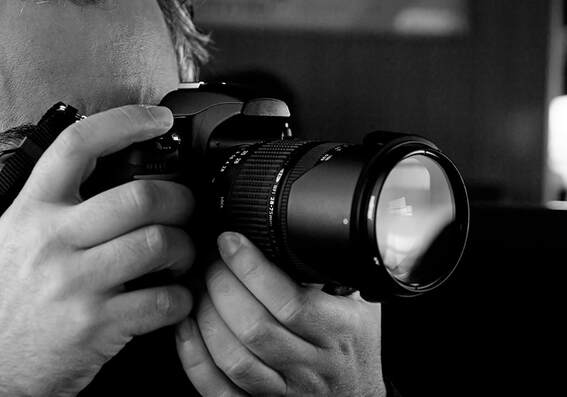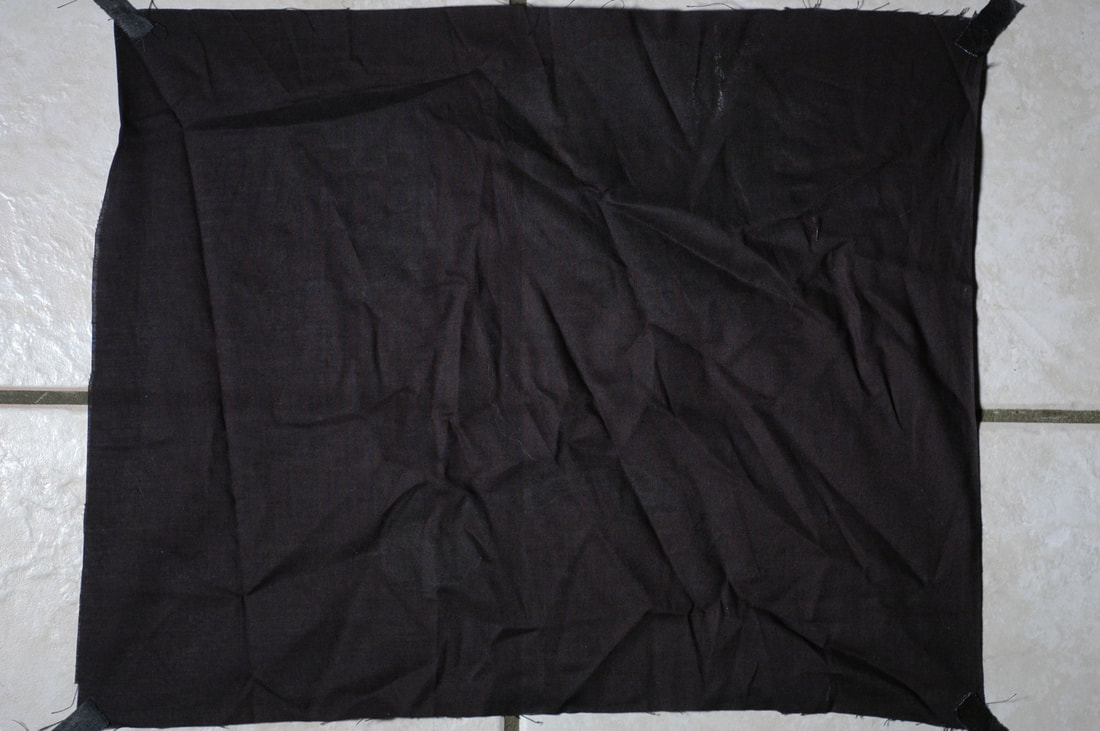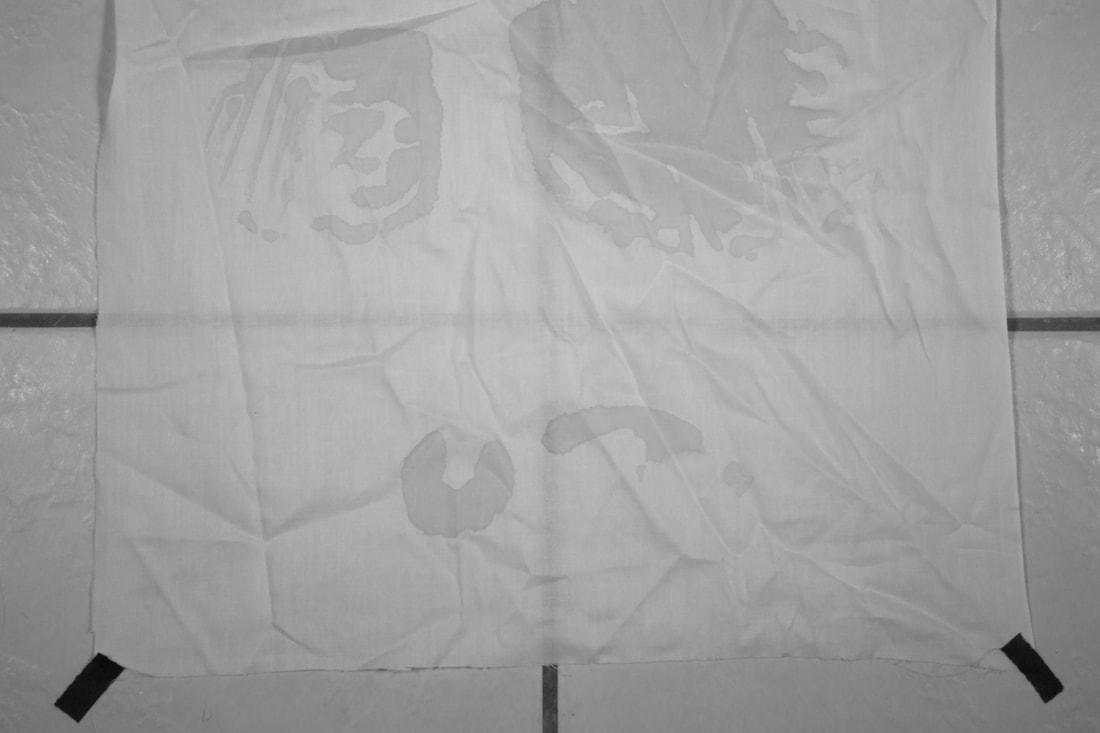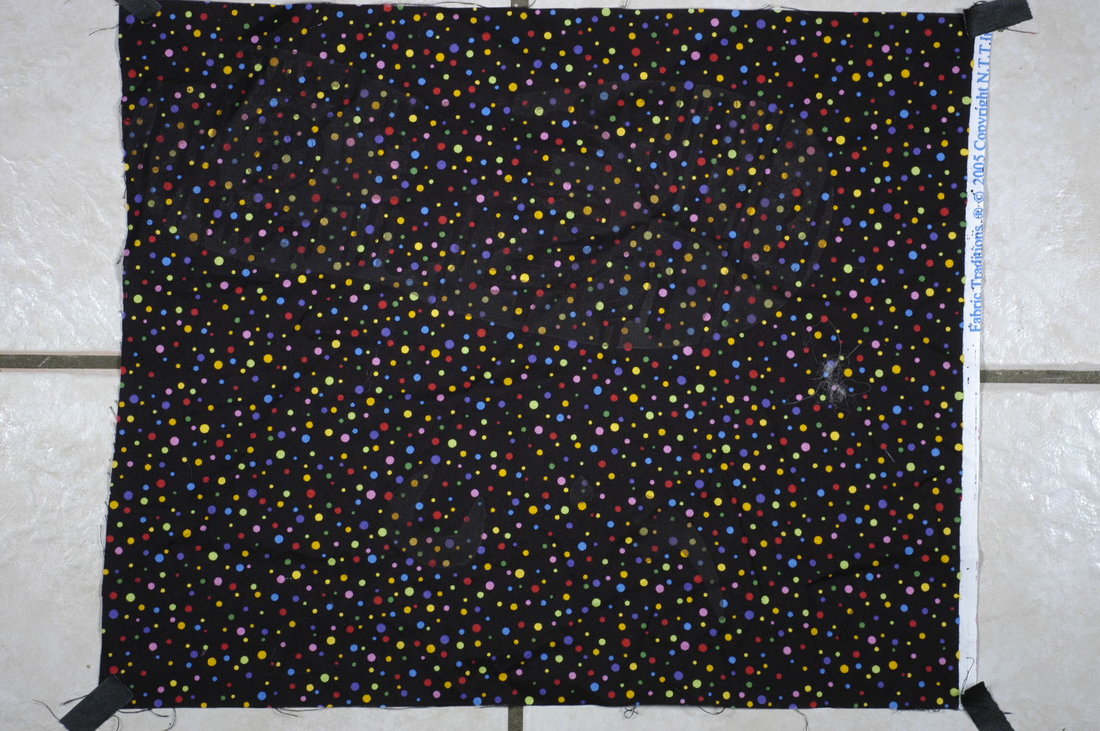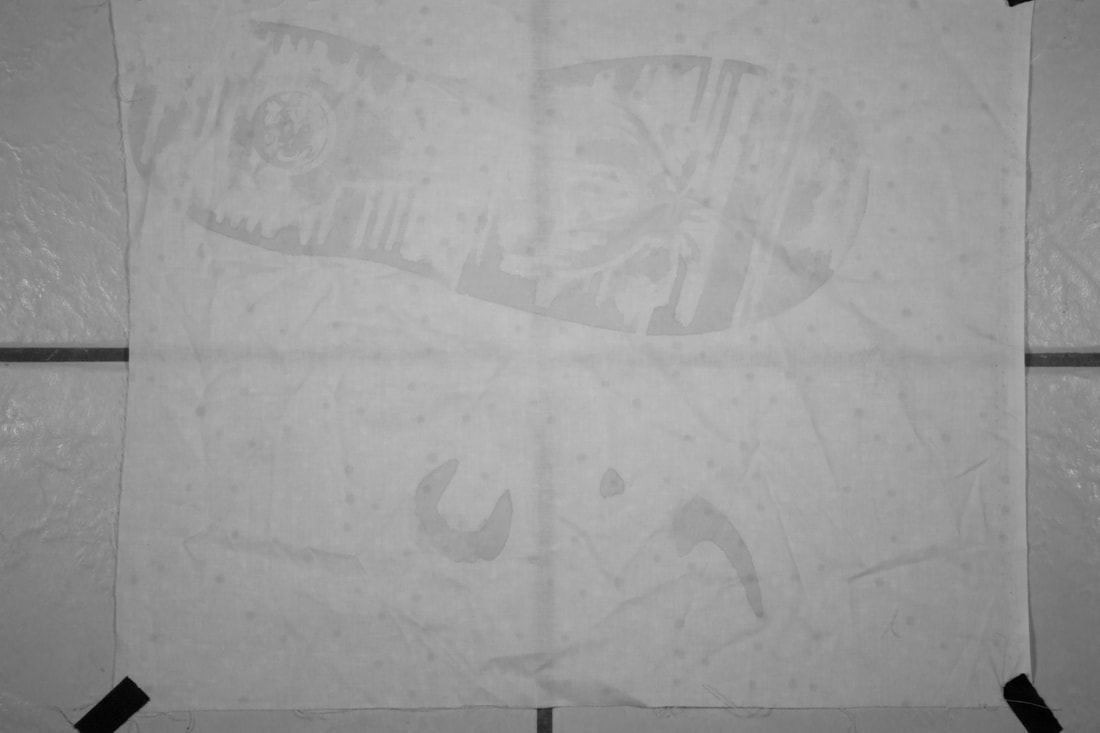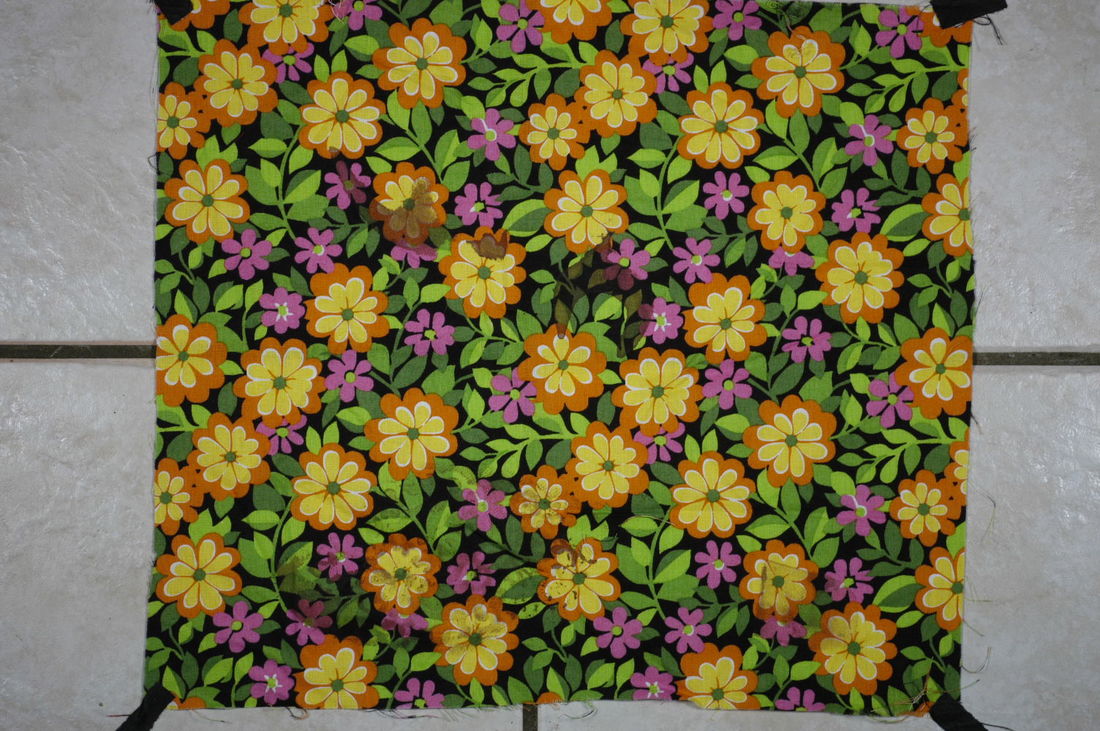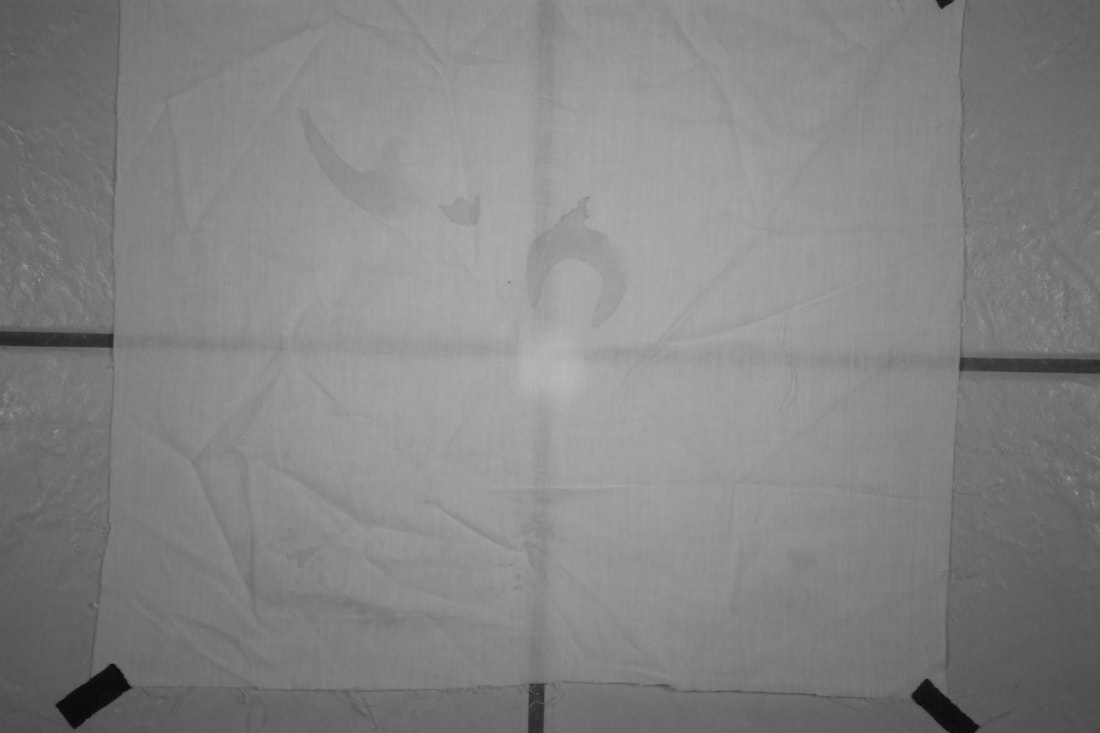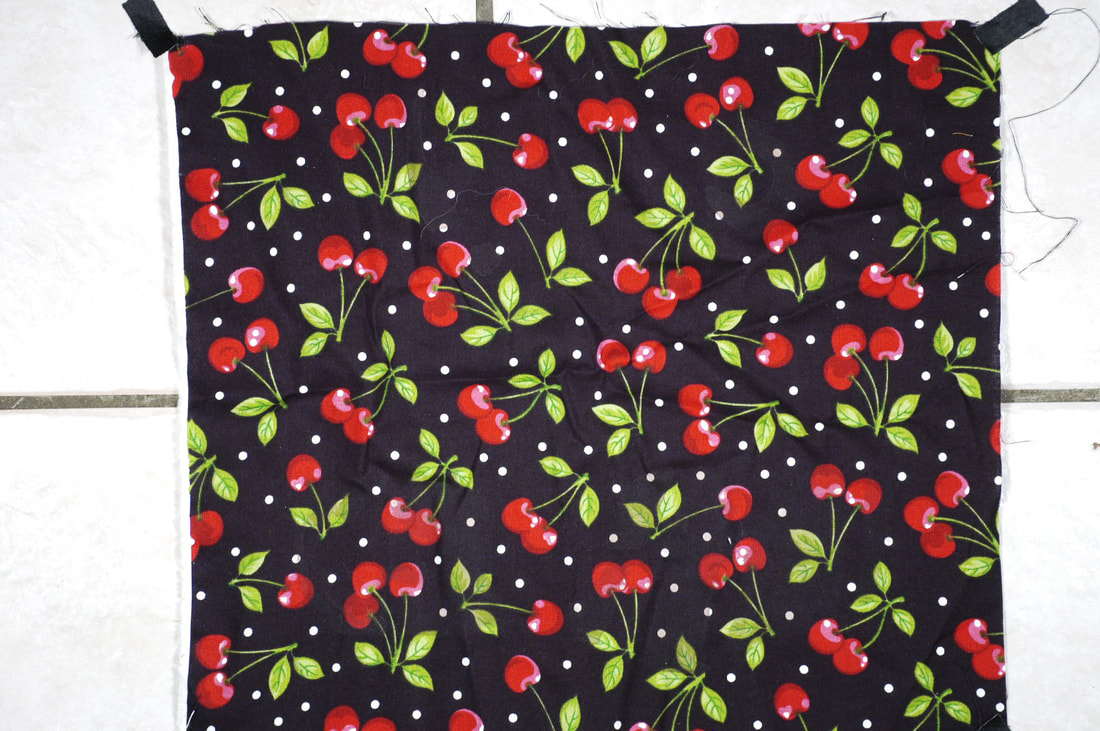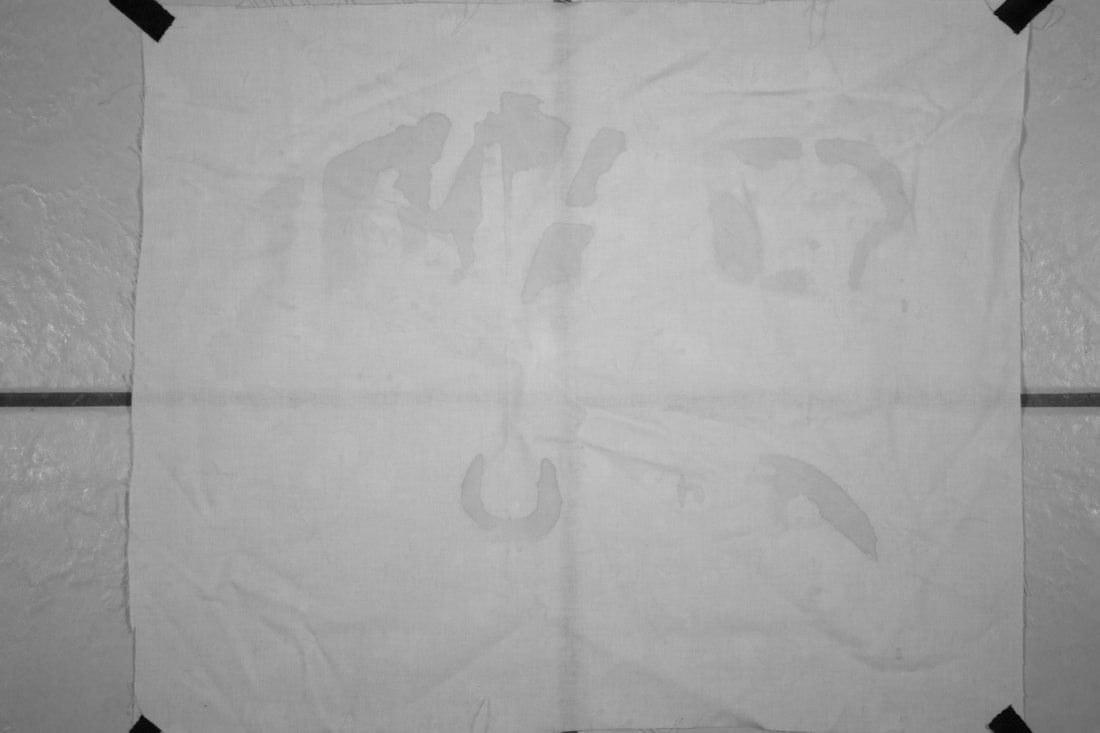The Importance of Understanding Full-Spectrum Photography When Purchasing a Forensic Camera
2021 UPDATE
By Phil Sanfilippo, Tri-Tech Forensics Director
By Phil Sanfilippo, Tri-Tech Forensics Director
In 2015, Fujifilm announced the release of the Fujifilm X-T1 IR. This camera is equipped with an APS-sized CMOS sensor and uses the Fujifilm X lens mount. The X-T1 IR camera was designed for scientific use and will certainly be helpful for forensic photography.
It is anticipated that law enforcement and other forensic photographers will be purchasing these cameras and using them for evidentiary photography. Becoming familiar with basic forensic photography concepts, especially full-spectrum light photography, is important when considering the purchase of a camera such Fujifilm’s X-TR IR.
Photographers began capturing images in the ultraviolet and infrared wavebands of the spectrum in the early twentieth century. The use of full-spectrum light photography was influenced by the research of Professor Robert Williams Wood in 1910. This type of photography was originally accomplished using silver-based photographic techniques. Over the past 15 years, digital photographers have gained the ability to engage in full-spectrum photography. In 2006, Fujifilm introduced the S3 Pro UVIR camera, the world’s first production digital-single-lens-reflex (D-SLR) camera designed to create images taken in the invisible ultraviolet and infrared wavebands. Jumping forward in time to 2016, Fujifilm has shifted from the D-SLR camera to the mirrorless X-T1 IR camera with the same capability.
One concept that is crucial for forensic photographers to learn is how to image the entire spectrum from the near ultraviolet to the near infrared with these cameras. Fujifilm cites camera sensor sensitivity as 380 - 1000nm. However, there is not a button or switch that changes these cameras from a visible light camera to an ultraviolet camera to an infrared camera. This operation is completed through the use of specialized filtration. Understanding this filtration required for ultraviolet and infrared photography is essential for a forensic photographer to get good results.
Another important concept is the basic understanding of the electromagnetic spectrum and how different types of light are created. For example, incandescence creates not only visible light but vast amounts of infrared energy. This can be useful when attempting infrared photography, but it can also be detrimental when attempting ultraviolet photography, especially when older technology filtration is used. Another issue is ultraviolet light’s aversion to transmission through normal glass as used in camera lenses and digital sensors.
When forensic photographers have a solid grasp of these two concepts, it becomes possible to record images that are not possible to record in the visible spectrum. In addition to visualizing some evidence that would otherwise be invisible, it becomes possible to reject background interference in some cases that cannot be accomplished with visible light and traditional photographic techniques. See Figures 1 through 8 for examples of background rejection through the use of infrared illumination and filtration of the visible light.
For those interested in learning more about this type of photography, Tri-Tech Forensics Training Division offers the Full-Spectrum Forensic Light Source Photography, Forensic UVIR Photography, and the Autopsy and Injury Photography courses. These courses instruct techniques used for full-spectrum photography to include camera operations and the use of forensic light sources in the photography of crime scenes and evidence. The courses are instructed by noted forensic photographer Heidi Nichols of the Miami-Dade Medical Examiner Department. She has been published on the use of full-spectrum photography and related techniques.
It is anticipated that law enforcement and other forensic photographers will be purchasing these cameras and using them for evidentiary photography. Becoming familiar with basic forensic photography concepts, especially full-spectrum light photography, is important when considering the purchase of a camera such Fujifilm’s X-TR IR.
Photographers began capturing images in the ultraviolet and infrared wavebands of the spectrum in the early twentieth century. The use of full-spectrum light photography was influenced by the research of Professor Robert Williams Wood in 1910. This type of photography was originally accomplished using silver-based photographic techniques. Over the past 15 years, digital photographers have gained the ability to engage in full-spectrum photography. In 2006, Fujifilm introduced the S3 Pro UVIR camera, the world’s first production digital-single-lens-reflex (D-SLR) camera designed to create images taken in the invisible ultraviolet and infrared wavebands. Jumping forward in time to 2016, Fujifilm has shifted from the D-SLR camera to the mirrorless X-T1 IR camera with the same capability.
One concept that is crucial for forensic photographers to learn is how to image the entire spectrum from the near ultraviolet to the near infrared with these cameras. Fujifilm cites camera sensor sensitivity as 380 - 1000nm. However, there is not a button or switch that changes these cameras from a visible light camera to an ultraviolet camera to an infrared camera. This operation is completed through the use of specialized filtration. Understanding this filtration required for ultraviolet and infrared photography is essential for a forensic photographer to get good results.
Another important concept is the basic understanding of the electromagnetic spectrum and how different types of light are created. For example, incandescence creates not only visible light but vast amounts of infrared energy. This can be useful when attempting infrared photography, but it can also be detrimental when attempting ultraviolet photography, especially when older technology filtration is used. Another issue is ultraviolet light’s aversion to transmission through normal glass as used in camera lenses and digital sensors.
When forensic photographers have a solid grasp of these two concepts, it becomes possible to record images that are not possible to record in the visible spectrum. In addition to visualizing some evidence that would otherwise be invisible, it becomes possible to reject background interference in some cases that cannot be accomplished with visible light and traditional photographic techniques. See Figures 1 through 8 for examples of background rejection through the use of infrared illumination and filtration of the visible light.
For those interested in learning more about this type of photography, Tri-Tech Forensics Training Division offers the Full-Spectrum Forensic Light Source Photography, Forensic UVIR Photography, and the Autopsy and Injury Photography courses. These courses instruct techniques used for full-spectrum photography to include camera operations and the use of forensic light sources in the photography of crime scenes and evidence. The courses are instructed by noted forensic photographer Heidi Nichols of the Miami-Dade Medical Examiner Department. She has been published on the use of full-spectrum photography and related techniques.
For those interested in learning more about this type of photography, Tri-Tech Forensics Training Division offers the Full-Spectrum Forensic Light Source Photography course. This course teaches techniques used for full-spectrum cameras and forensic light sources in the photography of crime scenes and evidence. The course is instructed by noted forensic photographers Steve Warlen of Kansas City Police Department (ret.) and Heidi Nichols of the Miami-Dade Medical Examiner Department. Both have been published on the use of full-spectrum photography and related techniques.
RELATED COURSE
Full Spectrum Forensic Light Source Photography
TRITECHFORENSICS Training offers many digital imaging courses. For more information about scheduled courses, visit our upcoming courses page.
Full Spectrum Forensic Light Source Photography
TRITECHFORENSICS Training offers many digital imaging courses. For more information about scheduled courses, visit our upcoming courses page.

